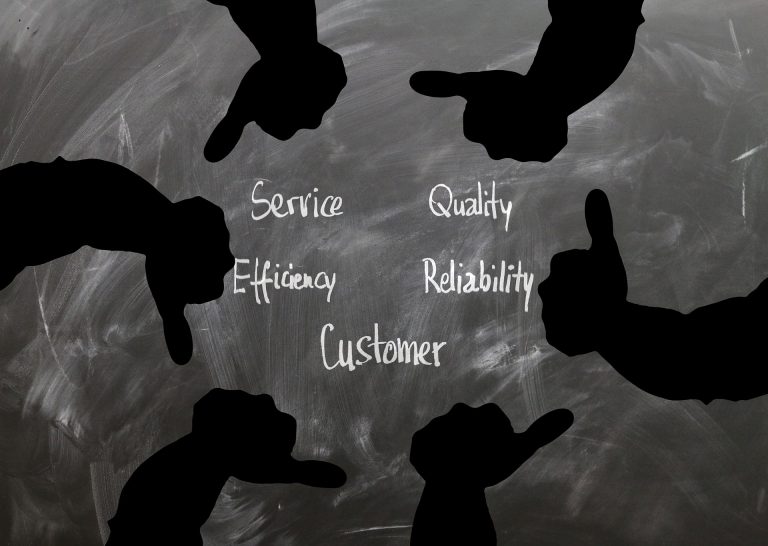Accelerating Leadership Agility
Delivering 21st Century Change
At StoryPositve, we specialise in driving transformational change through a holistic approach that combines industry-leading tools such as Kanban, Lean Portfolio Management, OKRs, Beyond Budgeting, and Flow. We work closely with clients to understand their unique challenges and develop customised solutions that deliver measurable results. Our team of experts is committed to providing high-quality services that help you achieve sustainable transformation and long-term success. With StoryPositive, you can unlock your organisation’s full potential and take your business to the next level
To experience an environment that continually delivers measurable results, get in touch.



